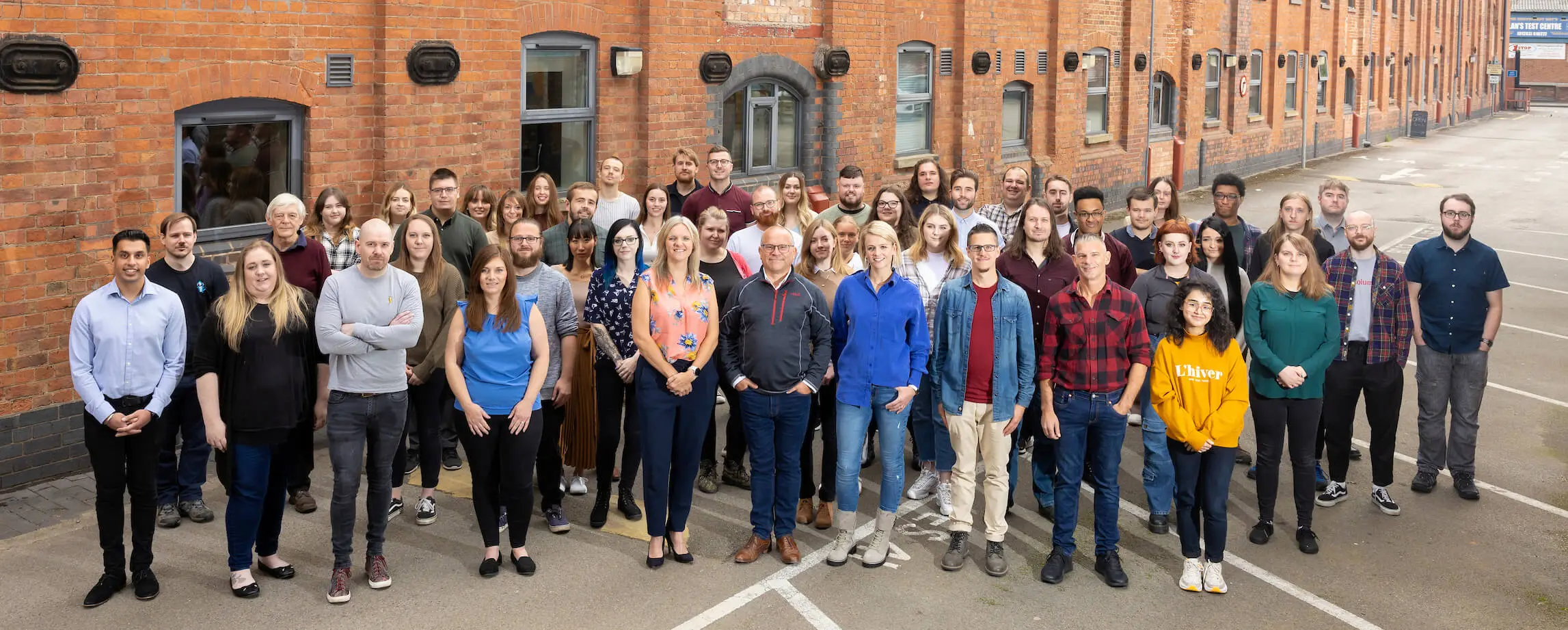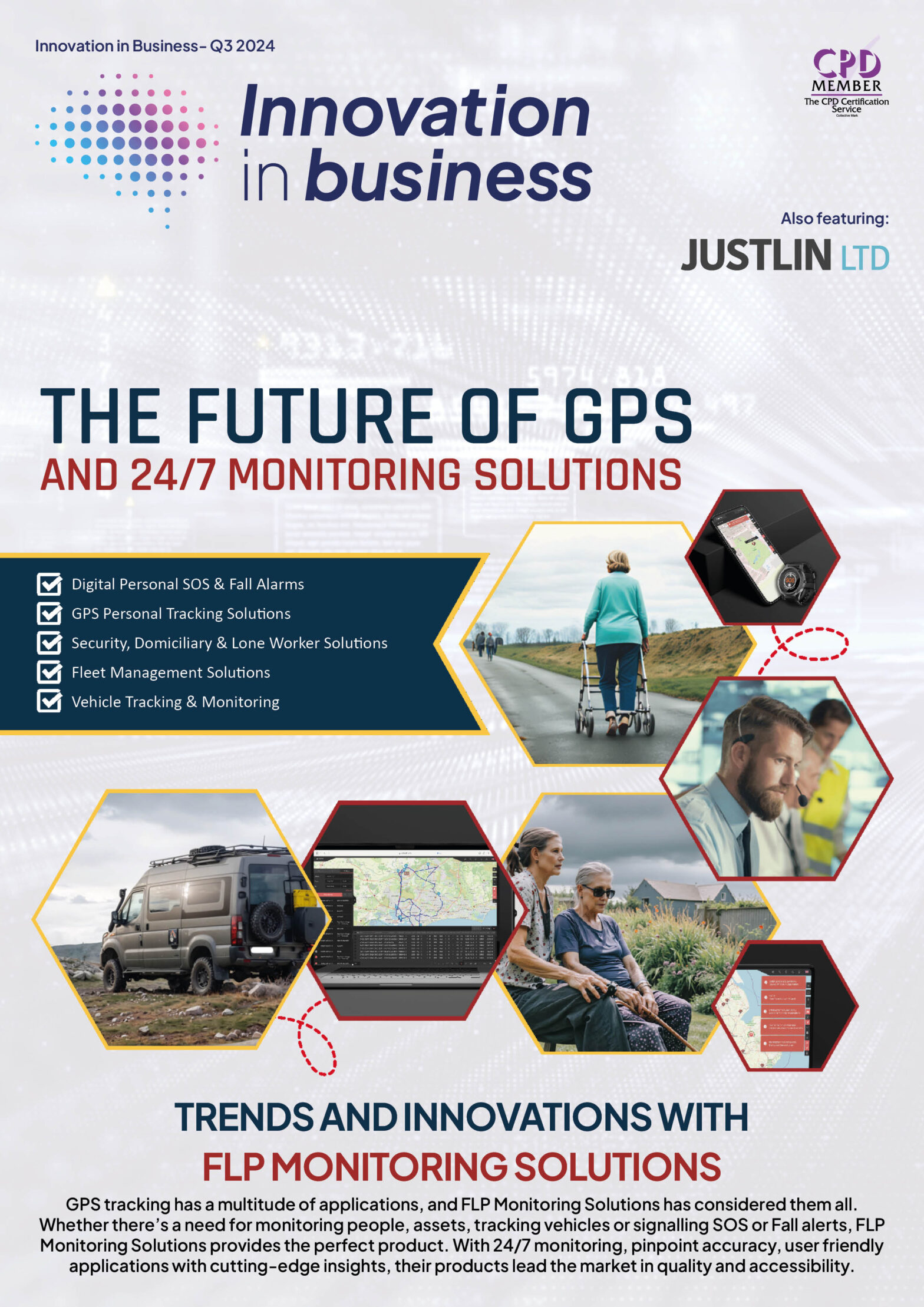

With access to talent being one of the key challenges facing tech businesses, what can businesses do to remain competitive and attract the best candidates?
With low unemployment and the potential impact of Brexit, the war for talent is certainly strong, particularly in tech.
In line with this, ECI Partners, the leading growth-focused mid-market private equity firm, in partnership with leading technology recruitment agency, Burns Sheehan, share their top tips on how to hire tech talent in 2022’s competitive landscape.
1. Offering the job is only the start
The labour market is extremely competitive, with an increasing number of candidates receiving counteroffers. As the pace of salary growth is so rapid now, there is more chance that candidates might have their head turned by a large sum or financial incentive.
Even after you have made an offer, it’s important to maintain dialogue throughout the recruitment and notice period and continue selling right up until the candidate’s start date. Create an onboarding process that begins from verbal acceptance to minimise dropouts during notice periods.
Businesses also need to keep selling to their own people. Retention is key to attracting talent, so consider whether you have the right systems in place for employee feedback and regular pulse checks. Make sure all your employees are being equally supported and there are policies driving your D&I strategy.
2. Understand what benefits people are really after
A good benefits package can be make or break for candidates, from bonuses to annual leave and now flexible working.
According to Burns Sheehan’s 2022 Tech Hiring & Market Insights Report, 97% of its tech community are looking for some degree of flexibility whether it be flexible hours, being fully remote, or a ‘work where it works’ mindset. Similarly, equity or share options and learning and development were identified as important benefits.
A ‘one size fits all’ approach is unlikely to work however – for example, equity may be all well and good but if someone is looking to buy a house they can’t pay a mortgage with it, so you may need to have a conversations and balance what works with the individual’s situation.
Career progression, or lack thereof, is the one thing candidates really look out for. People want to understand their purpose and impact within the business and see that they will be doing more than just executing.
3. You are selling, not just searching
It’s important to remember that a job specification is as much about what you’re offering as what you’re looking for. This may be the first opportunity to sell your company to the candidate, so get your employee value proposition right from the get-go. If you’re not able to compete solely on salary, think about what you can advertise to make your business stand out from competitors. Examples might be innovative working policies, market-leading learning and development resources, or the purpose behind the organisation.
Increasingly, job specs include infographics or embedded videos discussing why the company is a great place to work. Potential employees should be a key target audience for your business, with marketing and HR teams working closely together to devise an effective selling strategy.
That also means streamlining the recruitment and interview process. Many companies lose out due to slow processes, inflexibility or complex tests that may not give people the opportunity to best showcase their talent.
4. People buy into people
People are the best possible advertisement for your company. If you can bring your culture to light with existing employees sharing stories about why they joined and how it’s been since, that will be hugely valuable.
Bringing the business to life also gives candidates access to more people that they might not meet during the interview process. Getting your team involved in initiatives such as mentoring opportunities, spotlight blogs, speaking at events, or offering up your office as a hosting space, is a great way to showcase your company, both to those actively looking and passive candidates who may remember you in the future.
5. Use tools to manage the process effectively
As the hiring market becomes more competitive it also becomes more complex – reaching more candidates, staying in touch with them, following up quickly and having a streamlined process will be critical to your success rate.
For candidate recruitment, tools such as Hired or Cord, where you can engage with people looking for work exclusively in tech, can help. Applicant tracking systems such as Workable can track applicants effectively throughout the process, helping to follow and drive internal referrals. They can also be useful tools for re-engaging with candidates met previously: those who might not have been right for one role but may be right for another, or even someone who you lost but who could be induced to come back to the market in a year.
Duncan Ramsay, Partner at ECI Partners, comments:
“Hiring in tech has always been highly competitive, but the Great Resignation has underscored the need for businesses to think creatively about developing and retaining their existing talent, as well as how and where they recruit.
“Competitive salaries are important but making sure individuals know the impact they can have, and their progression path are key to creating a lasting relationship with future candidates. Remember that you are selling yourself as a company to have the best chance of attracting and retaining the best talent.”
You might also like

Technology
25 March 2025
Ransomware-As-A-Service Variants on the Rise With Critical Infrastructure Providers at the Greatest Risk

Business Advice
25 March 2025
Claims Processing Automation: How Insurers Can Cut Costs and Improve CX

Technology
18 March 2025
Secret Signs Your Internet Security Has Been Compromised






















